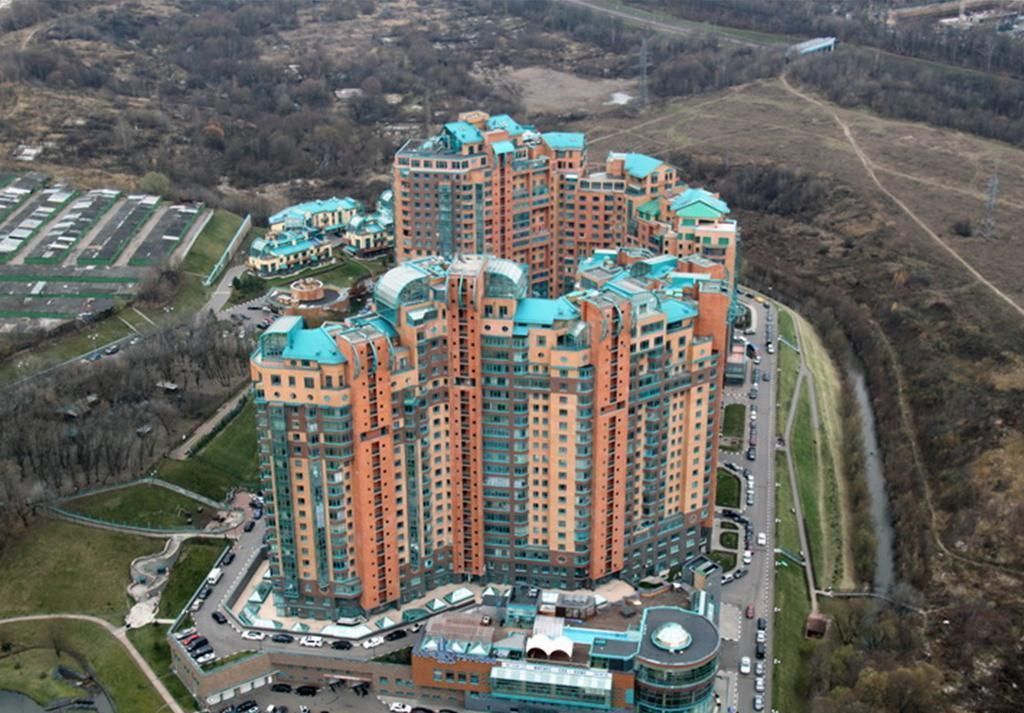1s 83 Emulyator Klyucha
'Tracks' is currently in Beta. Based on your feedback, we are. Distant Pulse Wavelength Emulator6 Tracks. Klyuchi2 Tracks. The registered company is Springer-Verlag GmbH Berlin Heidelberg. Published in. 4.3.3 Temperature analysis using TIR data. 4.3.4 Compositional analysis using TIR data. Volcano and the town of Klyuchi. Minimum Cost Flow (algorithm). Ministry of Economy, Trade.
• Lemoine, A.; Madariaga, R.; Campos, J. 2002-09-01 We studied intermediate depth earthquakes in the Chile, Peru and Mexican subduction zones, paying special attention to slab-push (down-dip compression) and slab-pull (down-dip extension) mechanisms. Although, slab-push events are relatively rare in comparison with slab-pull earthquakes, quite a few have occurred recently. In Peru, a couple slab-push events occurred in 1991 and one slab-pull together with several slab-push events occurred in 1970 near Chimbote. In Mexico, several slab-push and slab-pull events occurred near Zihuatanejo below the fault zone of the 1985 Michoacan event. In central Chile, a large M=7.1 slab-push event occurred in October 1997 that followed a series of four shallow Mw>6 thrust earthquakes on the plate interface. We used teleseismic body waveform inversion of a number of Mw>5.9 slab-push and slab-pull earthquakes in order to obtain accurate mechanisms, depths and source time functions.
We used a master event method in order to get relative locations. We discussed the occurrence of the relatively rare slab-push events in the three subduction zones. Were they due to the geometry of the subduction that produces flexure inside the downgoing slab, or were they produced by stress transfer during the earthquake cycle? Stress transfer can not explain the occurence of several compressional and extensional intraplate intermediate depth earthquakes in central Chile, central Mexico and central Peru. It seemed that the heterogeneity of the stress field produced by complex slab geometry has an important influence on intraplate intermediate depth earthquakes.
• Ide, S.; Maury, J.; Cruz-Atienza, V. M.; Kostoglodov, V.
2017-12-01 Slow earthquakes in Mexico have been investigated independently in different areas. Here, we review differences in tremor behavior and slow slip events along the entire subduction zone to improve our understanding of its segmentation. Prezentaciya na temu laboratornie metodi issledovaniya youtube. Some similarities are observed between the Guerrero and Oaxaca areas. By combining our improved tremor detection capabilities with previous results, we suggest that there is no gap in tremor between Guerrero and Oaxaca. However some differences between Michoacan and Guerrero are seen (e.g., SSE magnitude, tremor zone width, tremor rate), suggesting that these two areas behave differently.

Tremor initiation shows clear tidal sensitivity along the entire subduction zone. Tremor in Guerrero is sensitive to small tidal normal stress as well as shear stress suggesting the subduction plane may include local variations in dip. Estimation of the energy rate shows similar values along the subduction zone interface. The scaled tremor energy estimates are similar to those calculated in Nankai and Cascadia, suggesting a common mechanism.
It is necessary to treat this work with gravity as the wrong registration of the text and main page can affect future mark, even despite substantial information. Oformitj krasivo list a4 for sale.

Along-strike differences in slow deformation may be related to variations in the subduction interface that yield different geometrical and temperature profiles. • Choy, G.L.; Kirby, S.H. 2004-01-01 The behavior of apparent stress for normal-fault earthquakes at subduction zones is derived by examining the apparent stress (?? A =??Es/Mo, where E s is radiated energy and Mo is seismic moment) of all globally distributed shallow (depth,?? 1 MPa) are also generally intraslab, but occur where the lithosphere has just begun subduction beneath the overriding plate. They usually occur in cold slabs near trenches where the direction of plate motion across the trench is oblique to the trench axis, or where there are local contortions or geometrical complexities of the plate boundary.